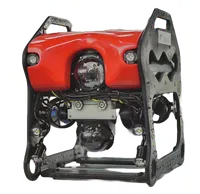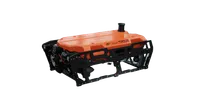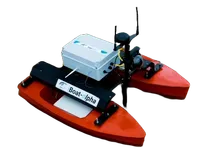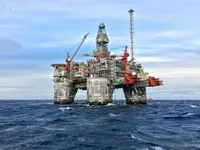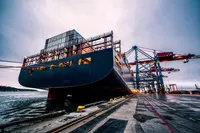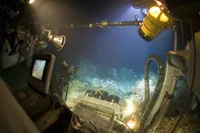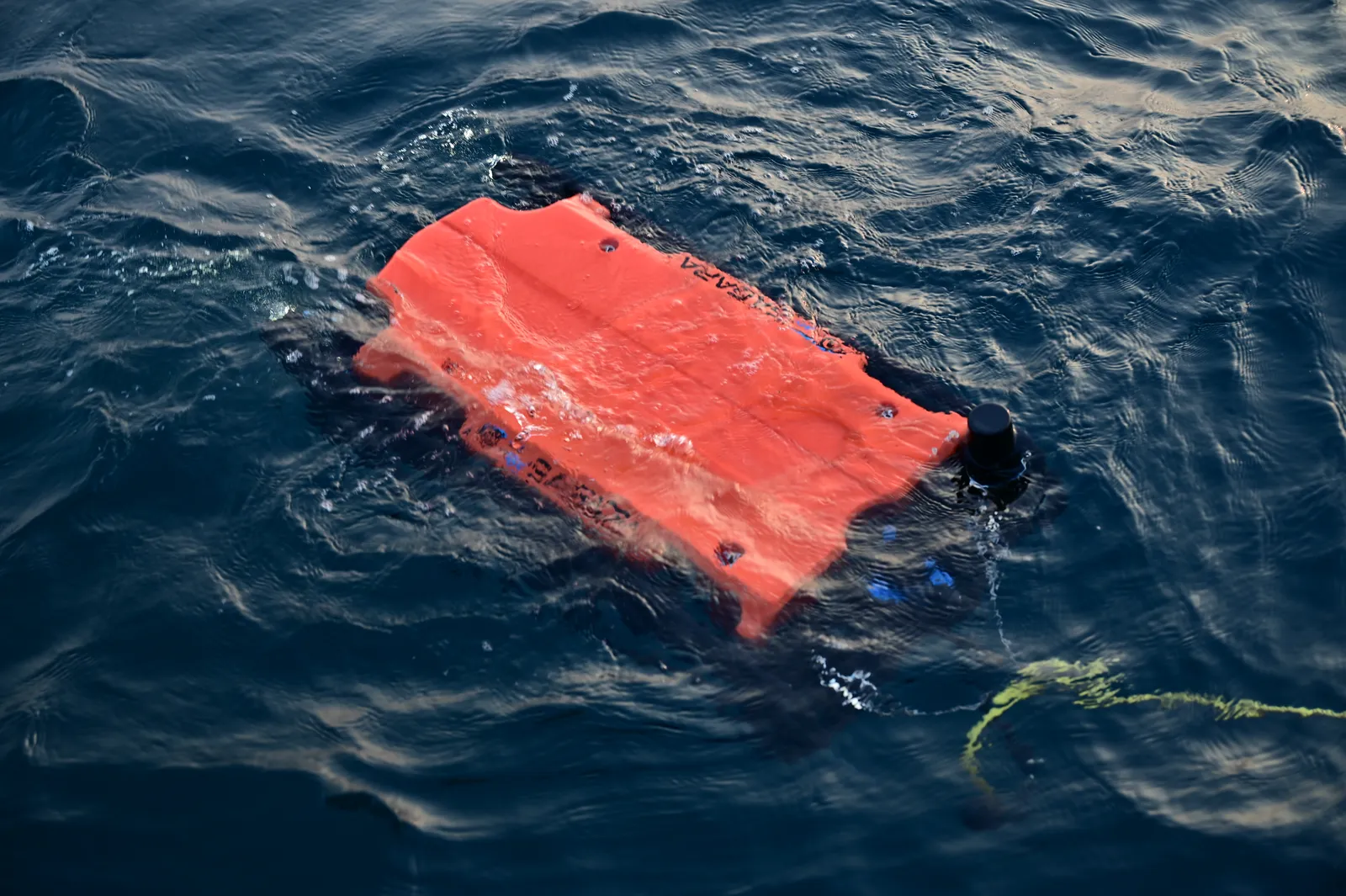
The Future of Marine Robotics: Smarter, Greener, Deeper
Discover how AI, autonomy, and sustainable tech are shaping the next generation of marine robotics—from deep-sea missions to ocean cleanup and underwater construction.
The future of marine robotics is being shaped by AI, autonomy, sustainability, and new energy solutions. As demand for ocean exploration and industrial use rises, marine robots are becoming smarter, more efficient, and essential across industries.
Increased Autonomy and AI
- Fully Autonomous Systems: Robots will carry out deep-sea missions without human control, adjusting to conditions and making decisions in real time.
- AI-Powered Analysis: Machine learning will help process ocean data instantly, flagging pollution or damage faster than ever.
Swarm Robotics
- Collaborative Fleets: Groups of small robots will work together for faster ocean mapping, monitoring, and search missions.
- Dynamic Roles: Robots will take on specialized tasks like sensing, mapping, or repair depending on the mission needs.
Energy and Power Advancements
- Renewable Power: Solar, tidal, and wave energy will extend mission duration.
- Better Batteries: Solid-state and lithium-sulfur batteries, along with fuel cells, will offer longer operational life.
Soft and Bio-Inspired Designs
- Flexible Movement: Robots inspired by marine life will explore delicate environments like coral reefs with minimal disruption.
- Bio-Hybrids: Future bots may include biological components for better efficiency and resilience.
Exploring Extreme Environments
- Deep-Sea Capabilities: Robots will reach depths like the Abyssal and Hadal zones, exploring untouched ecosystems.
- Advanced Materials: Pressure-resistant, corrosion-proof materials will enable operations in harsh conditions.
Human-Robot Collaboration
- AR/VR Interfaces: Operators will use mixed reality to control robots remotely with more precision.
- Telepresence: Scientists can explore the ocean virtually, without physical dives.
Sustainability and Conservation
- Cleanup Robots: Bots will remove microplastics, oil, and debris from the oceans.
- Biodiversity Tracking: Robots will monitor marine life, coral health, and detect illegal activity in real time.
Underwater Infrastructure
- Autonomous Construction: Robots will build and maintain subsea cables, platforms, and habitats.
- Maintenance and Repair: They’ll inspect and fix pipelines, oil rigs, and underwater systems without divers.
Industry and Commercial Use
- Deep-Sea Mining: Robots will extract valuable minerals while minimizing impact.
- Aquaculture Support: Autonomous bots will manage fish farming and sustainable fishing operations.
Smarter Communication
- Underwater IoT: Robots will share data through ocean networks, enabling real-time collaboration.
- High-Speed Networks: Future 5G/6G tech will allow video streaming and remote robot coordination.
Key Takeaway
Marine robotics is evolving fast—powered by AI, autonomy, and green tech. These innovations are set to transform industries like ocean research, offshore energy, and environmental conservation.
